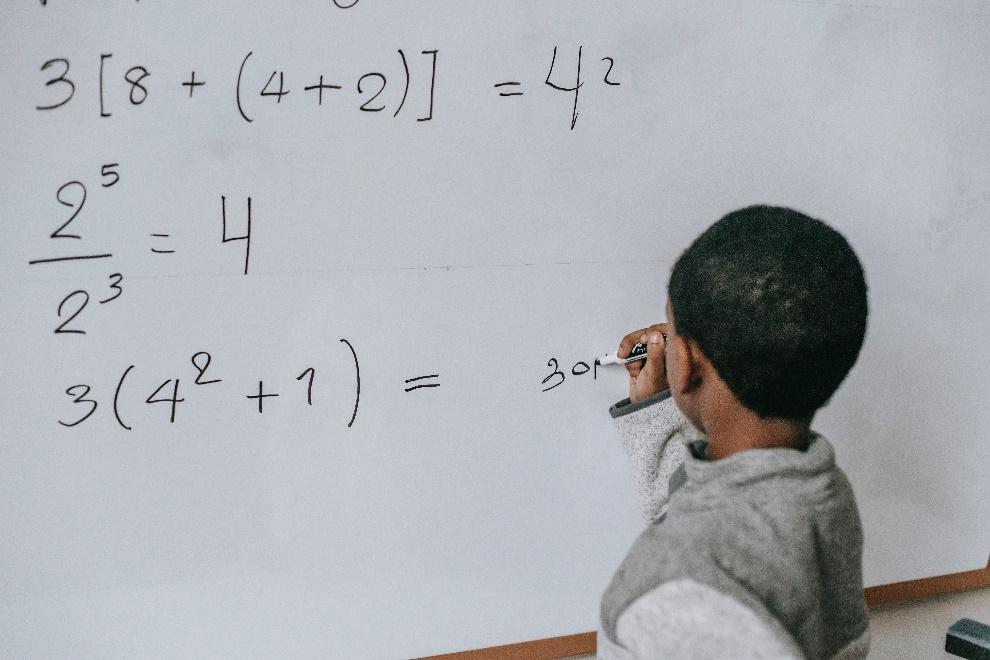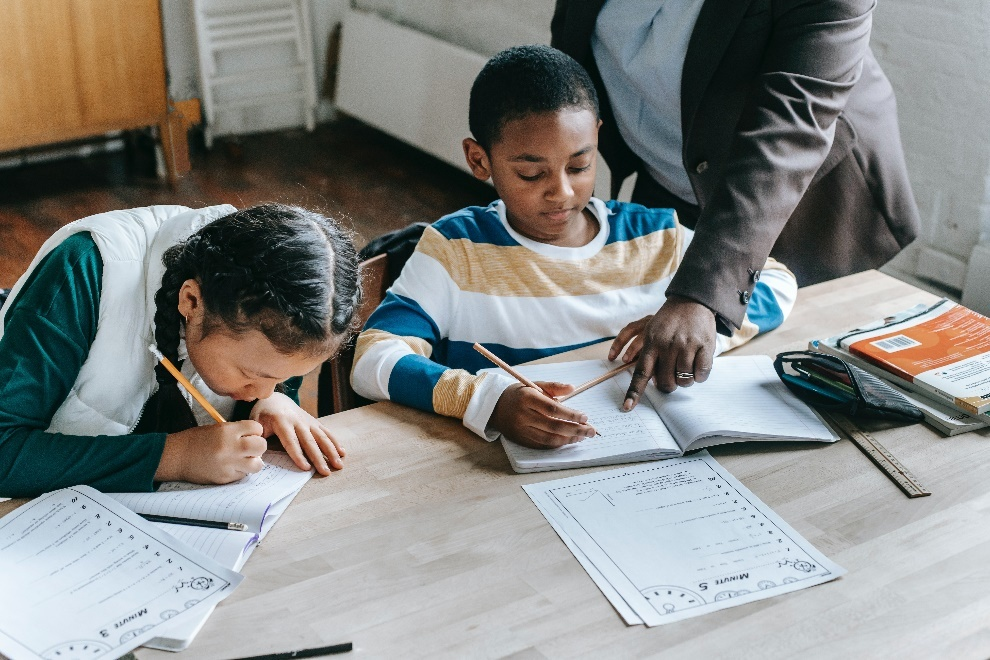Education is the cornerstone of progress and development for any nation, and Somalia is no exception. The history of education in Somalia has been marked by challenges and periods of instability. However, recent efforts and a vision for the future are transforming the landscape of education in this East African nation.

The Past: Turmoil and Disruption
Education in Somalia has faced numerous obstacles throughout its history. The country endured a prolonged civil war that began in the late 1980s, which severely disrupted its educational institutions. Schools were destroyed, teachers fled, and many students were left without access to quality education. This tumultuous period hindered the development of a generation and had a lasting impact on the country’s human capital.
The Present: Rebuilding and Progress
Despite the challenges, Somalia has made significant strides in rebuilding its education system in recent years. Various international organizations, such as UNICEF and UNESCO, have played vital roles in providing support and resources to rehabilitate schools and train teachers. Additionally, the Somali government, with support from donors, has made education a priority by allocating a larger portion of its budget to the sector.
In the present day, primary and secondary education in Somalia is gradually being restored, and enrollment rates are on the rise. Institutions like the University of Mogadishu and other local universities are offering higher education opportunities, contributing to the development of a skilled workforce. Nonetheless, challenges persist, including disparities in access to education, a shortage of qualified teachers, and the need for a standardized curriculum.
The Future: Hope and Aspirations
The future of education in Somalia holds promise, driven by a strong desire for change and development. Several key factors are shaping this optimistic outlook:
Education Reforms: The Somali government is working on comprehensive education reforms, aiming to standardize the curriculum, improve teacher training, and enhance the quality of education across the country.
Youth Engagement: Somalia boasts a youthful population eager to learn and contribute to their nation’s progress. This youth demographic presents an opportunity for growth and innovation.

Technological Advancements: Access to technology is expanding, offering new avenues for e-learning and distance education. This is particularly important in remote and conflict-affected areas.
International Partnerships: International organizations and countries continue to support Somalia’s education sector, contributing to infrastructure development and capacity building.
Community Involvement: Communities are actively participating in education initiatives, emphasizing the importance of learning and creating a conducive environment for students.
The past, present, and future of education in Somalia demonstrate a nation’s resilience and determination to overcome adversity. Despite a history of turmoil, Somalia is rebuilding its education system and working toward a brighter future. If you want to learn more about how the Somali refugee community resettlement services are faring in Columbus—check out Somali Link Newspaper now.

